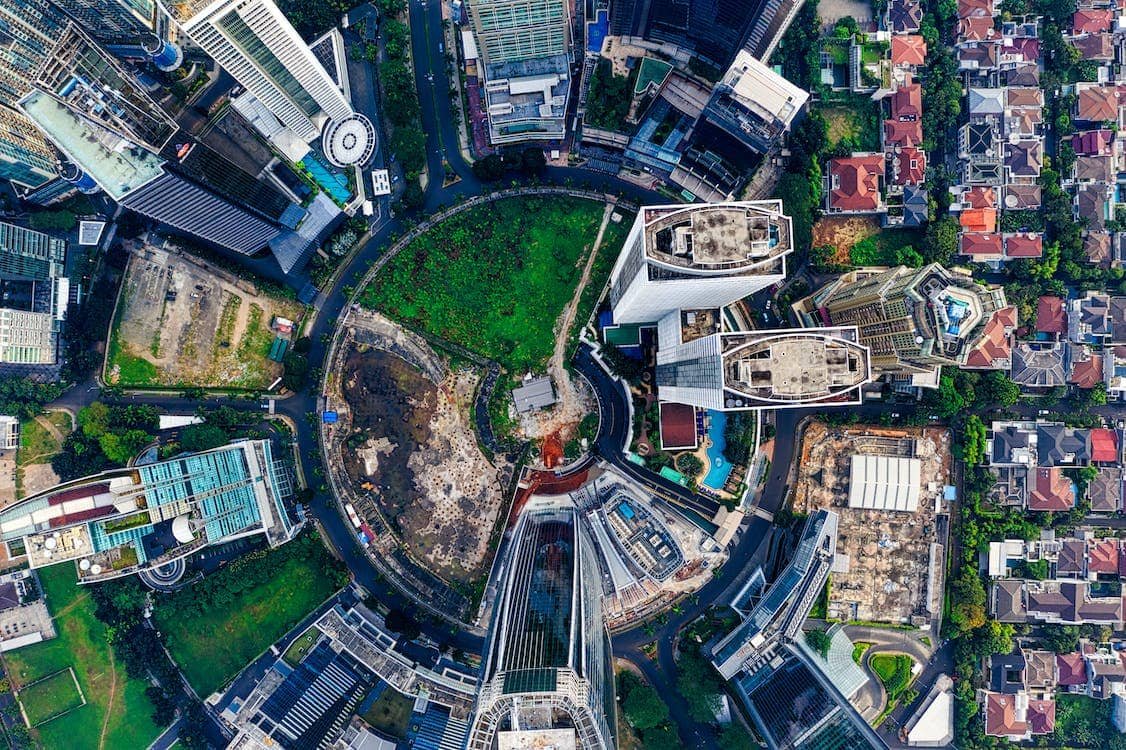In an era marked by increasing environmental concerns and a growing realization of the finite nature of resources, the concept of the circular economy has gained significant attention.
Championed as a pathway to sustainable development, the circular economy offers a fresh perspective on production and consumption.
This article explores the meaning and principles of the circular economy, shedding light on its potential to reshape industries, reduce waste, and foster a more sustainable future.
Understanding the Circular Economy
The circular economy is an economic system that aims to decouple economic growth from resource consumption.
Unlike the traditional linear model, which follows the “take-make-dispose” approach, the circular economy emphasizes a regenerative and restorative approach.
It seeks to keep resources in use for as long as possible, extract maximum value from them, and then recover and regenerate products and materials at the end of their lifecycle.
The circular economy aims to achieve three fundamental objectives:
- Preserve and enhance natural capital.
- Optimize resource productivity.
- Foster system resilience.
What are the main Principles of the Circular Economy?

1. Design out Waste and Pollution
At the heart of the circular economy lies the principle of designing out waste and pollution.
This involves reimagining product design, manufacturing processes, and business models to eliminate waste generation and minimize environmental impact.
It emphasizes the use of renewable resources, non-toxic materials, and the implementation of efficient recycling and recovery systems.
2. Keep Products and Materials in Use
The circular economy seeks to extend the lifespan of products and materials.
This can be achieved through strategies such as product durability, repairability, upgradability, and remanufacturing.
By keeping products and materials in use for longer, the circular economy reduces the need for raw material extraction and decreases the environmental burden associated with production.
3. Regenerate Natural Systems
The circular economy recognizes the importance of regenerating natural systems.
This involves restoring ecosystems, enhancing biodiversity, and adopting regenerative agricultural practices.
By incorporating natural systems into the economic model, the circular economy aims to create a symbiotic relationship between economic growth and environmental health.
4. Foster Collaboration and Innovation
The circular economy promotes collaboration among stakeholders across various sectors.
It encourages the sharing of knowledge, expertise, and resources to drive innovation and create new business models.
By fostering collaboration, the circular economy enables the development of systemic solutions that address complex environmental challenges.
What are the Benefits of the Circular Economy?

Environmental Benefits:
The circular economy offers numerous environmental benefits, including reduced resource extraction, lower greenhouse gas emissions, and minimized waste generation.
By optimizing resource use and promoting recycling and recovery, it conserves natural resources, protects ecosystems, and mitigates climate change impacts.
Economic Benefits:
Embracing the circular economy can lead to significant economic benefits.
It stimulates innovation, drives job creation, and enhances resource efficiency.
By promoting the development of new technologies and business models, the circular economy opens up opportunities for companies to capitalize on the growing demand for sustainable products and services.
Social Benefits:
The circular economy can also bring social benefits. It can foster inclusive growth, improve access to resources, and enhance community resilience.
Additionally, the circular economy encourages the adoption of ethical practices, ensuring fair working conditions and promoting social equity.
What are the challenges for the circular economy?
While the circular economy holds immense promise, it faces several challenges.
These include regulatory barriers, lack of awareness, and limited infrastructure for recycling and recovery.
Overcoming these challenges will require strong policy support, public-private collaboration, and investment in research and development.
To realize the full potential of the circular economy, it is crucial to scale up and replicate successful circular initiatives.
Governments, businesses, and individuals must work together to implement circular strategies across sectors, promoting circularity as a standard practice rather than an exception.
Circular economy is a roadmap to a sustainable future

The circular economy presents a transformative approach to sustainable development, reimagining how we produce, consume, and manage resources.
By embracing the principles of designing out waste, keeping products and materials in use, regenerating natural systems, and fostering collaboration, the circular economy offers a roadmap to a more sustainable and resilient future.
As we navigate the challenges ahead, it is essential to recognize the immense benefits and work collectively to transition towards a circular economy for the well-being of our planet and future generations.











